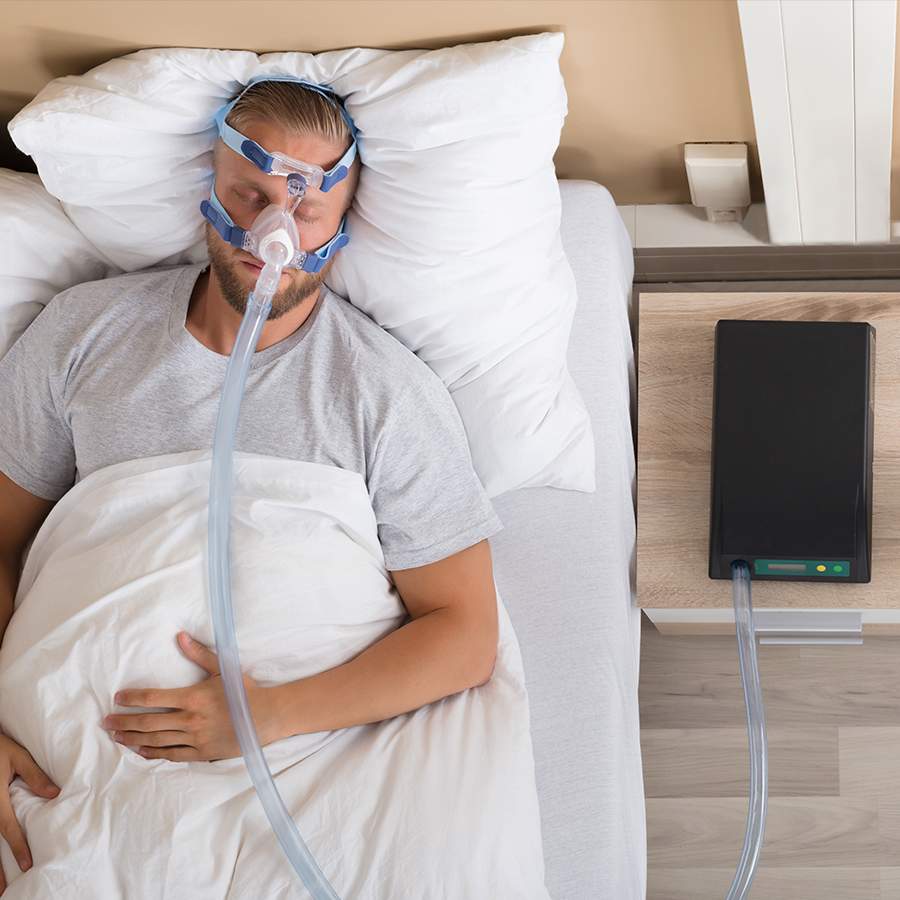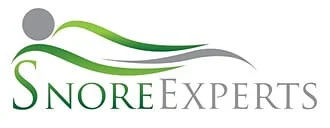Latest Posts
Common Reasons for CPAP Intolerance
Treating Sleep Apnea with Custom Oral Appliances
Common Warning Signs of Obstructive Sleep Apnea
Simple and Effective: NightLase Laser Snoring Therapy
What Is The Best Sleep Position For People With Sleep Apnea?
Archives
September 2020
July 2019
June 2019
May 2019
April 2019
February 2019
December 2018
September 2018
July 2018
May 2018
April 2018
March 2018
February 2018
January 2018
November 2017
October 2017
September 2017
August 2017
July 2017
June 2017
May 2017
February 2017
January 2017
December 2016
September 2016
August 2016
April 2016
March 2016
February 2016
January 2016
December 2015
November 2015
April 2014
March 2014
February 2014
January 2014
Treating Sleep Apnea with Tongue-Restraining Devices
Sleep apnea is a serious disorder that can inhibit how you breathe when you are sleep. This can cause loud snoring and choking sounds throughout the night, decrease your quality of sleep and the sleep of anyone close to you.
There are different types of sleep apnea, and they are obstructive sleep apnea (OSA), central sleep apnea, and complex sleep apnea syndrome. However, the most common among them is OSA.
One of the most effective obstructive sleep apnea treatments available is a tongue restraining device. These can help ease your symptoms and deliver better sleep. However, it’s important that you learn more about them, before making a quick decision.
Tongue Retaining Devices
The TRD helps to keep your tongue in a stable position while you are sleeping and stop it from blocking your air pathways. If you suffer from OSA, your tongue may roll back into the throat wall and obstruct your air pathway. This device can help prevent that from happening by keeping your tongue in place.
There are many different types of oral devices available to help keep the tongue stable while you are sleeping. Some of these devices can also be worn by people who have crooked teeth or use dentures. These devices may be made of silicone or other materials.
The tongue-retaining mechanism may also vary depending on the type of device used. Most devices hold the tongue in place through a suction method. Others will pull the tongue forward and keep it in a stable position while you sleep.
Choosing the Right Tongue Retaining Device
Many over-the-counter TRDs are available to use, but not all of them may be cleared by the FDA for safe use. Some models are made with unsafe material that can be harmful to the body in the long run.
In order to receive the best care possible, you should consult an expert who can provide you with the right kind of TRD. The best TRDs must be free from materials like latex. The device must also hold your tongue in a stable position throughout your entire night’s sleep. If it falls out every few hours or it’s not very comfortable to wear, odds are you picked a low quality device.
You may need to try a few different models to find the best fit. For mild sleep apnea, surgery is rarely an option. Surgical options for sleep apnea are reserved as a last resort. The use of devices like these are the best course of action to finally find relief from your sleep apnea and experience better sleep.
Sleep apnea is known to cause a lot of problems if it goes on without treatment. It is known to cause constant fatigue, hypertension, and heart complications. Using TRD’s to help treat sleep apnea is a safe way to ensure that your sleep is not disturbed and that you face no health problems as a result of it.
Contact Our Office
Tongue Restraining Devices are a great way to help treat obstructive sleep apnea and provide you with better sleep. To learn more about the treatment, contact us to schedule a consultation with the Snore Experts.
Sources:
https://www.ncbi.nlm.nih.gov/pmc/articles/PMC2762714/
https://sleepfoundation.org/sleep-disorders-problems/sleep-apnea-treatment
https://www.mayoclinic.org/diseases-conditions/sleep-apnea/diagnosis-treatment/drc-20377636
Posted by abet on May 22nd, 2018 10:39 pm
Filed under General. You can follow any responses to this entry through the
RSS 2.0
feed. Both comments and pings are currently closed.
Comments are closed.
Snore Experts Inc
Treating Sleep Apnea with Tongue-Restraining Devices

CPAP/APAP
HOW DO I USE A CPAP?
Positive Airway Pressure (PAP) is considered by many the gold standard for the treatment of sleep apnea, especially for very severe cases. The CPAP and APAP machines are designed to increase air pressure going through the throat. This prevents the airway from collapsing during inhalation. At Snore Experts, we have helped countless patients get a good night’s rest using CPAP treatments to treat their sleep apnea. The goal of positive airway pressure is to keep the airway from collapsing using air pressure.
